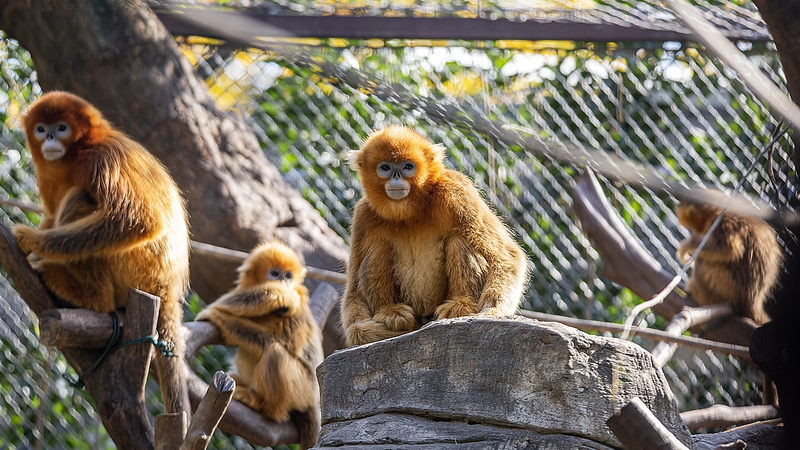Under the forest canopy of the Qinling Mountains—known as the gene bank of wild biology in the Chinese mainland—researchers are enlisting artificial intelligence as the newest ranger on patrol.
A mature AI-powered identification technology is now rolling out across the rugged landscape to assist in the protection of endangered golden snub-nosed monkeys and vulnerable takins. The system uses computer vision to recognize individual animals by their unique coat patterns and facial features in real time, turning hours of manual work into automated insights.
This June marks the peak season to count newborn golden snub-nosed monkeys, a species under national first-class protection. At a national scientific observation and research station in Foping County in northwest Shaanxi Province in the Chinese mainland, a team from Northwest University’s College of Life Sciences has kicked off a new round of data collection. Their mission: log every sighting of roughly 100 monkeys across eight families and track new arrivals with unprecedented accuracy.
By cutting field time and reducing human disturbance, AI-driven monitoring is reshaping how we study wildlife. Early field reports highlight smoother data workflows, richer behavioral records and faster response times when newborns face risks.
Looking ahead, the research station plans to extend this tech to vulnerable takins and other species that call the Qinling Mountains home. From AI startups to eco-conscious travelers, the project is sparking global interest in how tech innovation can make a real-world impact on biodiversity.
Reference(s):
AI enhances protection of endangered golden snub-nosed monkeys
cgtn.com



